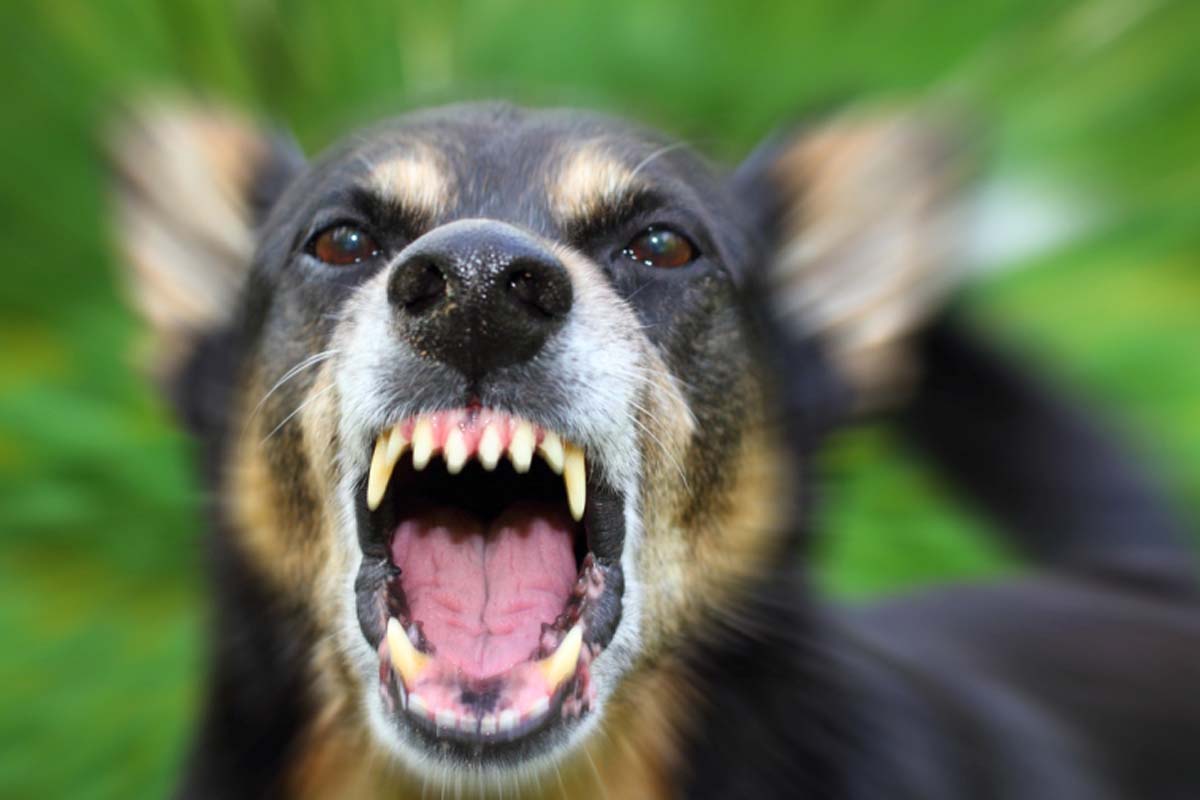Work underway on 13-GW solar power plant in Ladakh: Khattar
Union Minister of Power Manohar Lal Khattar has said that work is underway on a 13-gigawatt solar power plant in the Union Territory of Ladakh.
“In order to achieve our targets, the Ladakh Autonomous Hill Development Council (LAHDC) has given us Rs 62 Lakhs which will be utilised under the initiative,” Iqbal said.

(Photo: iStock)
The population of stray dogs in Ladakh’s Leh town has exploded into threatening numbers, growing to around 30 per cent compared to humans, in one of the most sparsely populated districts of India.
Muhammad Iqbal, Chief Animal Husbandry Officer (Leh district) told IANS: “There are around 9,000 to 10,000 dogs in Leh district according to unofficial estimates at present. In Leh town, the dog population has grown to around 30 per cent of the human population.
“According to international standards, no city, town or district should have more than 3 per cent dogs as compared to the human population.”
Advertisement
Iqbal said the legal mandate to control the dog menace lies basically with the Leh municipal community in the town.
“We have taken up the challenge together with the local municipality and an NGO called ‘Live to Rescue’ at our dog birth control and anti-rabies clinic. At this clinic we do 10 dog sterilisations per day. Although we lack doctors, during the last two years we still managed to performed 3,500 sterilisations.”
He said the NGO has its own dog shelter at Nang, which is 32 km from Leh town.
Iqbal added that the state Animal Husbandry Department has planned to perform 25 to 30 sterilisations per day.
“Under the state government’s ‘Ladakh feral dog initiative’, we plan to achieve our targets to bring down the dog population by 70 per cent.
“As per the international norms, we cannot go beyond 70 per cent population reduction because the continuation of the species would get adversely affected by doing that.
“In order to achieve our targets, the Ladakh Autonomous Hill Development Council (LAHDC) has given us Rs 62 Lakhs which will be utilised under the initiative,” iQBAL said.
He blamed the population increase due to urbanization, tourist influx, plenty of waste food and breeding pattern of dogs.
“One female bears 10 to 12 pups per year and when multiplied by the present dog population, it gives disturbing statistics,” Iqbal said.
Besides dog bites, Iqbal says another major concern has been the conflict between the dog population and the other wildlife species in the area.
“The wild ass population, mountain goats, migratory birds and other species have come into direct conflict with dogs,” he said, adding that the natural balance between the prey and the predator would get adversely affected unless the dog pollution is brought under control.
Advertisement